If you’re an expat living and looking for work in the Netherlands then there are some vital differences you should know about in regards to your job applications. In the Netherlands, as with most places in Europe, the norm is a CV rather than the resume which is commonly used in the United States amongst other countries. If you’re used to writing resumes, then this article will help you understand the crucial differences and additions your resume will require to make it into an impressive European-style CV that will help you secure a decent job in the Netherlands.
Length
The most obvious difference between a resume and CV is the length. While resumes are supposed to display your career headlines in a clear and concise way fitted on one page and tailored to the role you are applying for; a CV, while it should still be a summary rather than every detail of your work experience and academic career, can be a longer and more complete document of 1-3 pages long.
Contents
Aside from your work experience, contact details and skills list that are all commonly included on both CVs and resumes. A European-style CV usually includes additional info on your academic career and training, evening going back as far as secondary school in many cases (although if you have been out of school for a while don’t focus on this). Resumes tend to focus mainly on professional achievements, rather than the academic, so here are some of the key things you should discuss on your CV.
- Work experience: companies, roles, employment periods, main tasks and references
- Unpaid/voluntary experience
- Educational background: universities, majors, courses, thesis, achievements, certifications and grades
- Professional development and training
- Hobbies, interests, sports and a little about your personal approach to work. Keep in mind that Dutch recruiters often place higher value than most on extracurricular and leisure activities if they are related to skills required for the role e.g. team sports can show your ability to work well with others and pull together as a team
- Personal info including your name, nationality, contact details and a link to your LinkedIn profile (if you have one)
Layout
When considering the layout of your CV, for most job roles you should start with your skills and then focus on your work experience, listing your jobs and experience working backwards chronologically. It’s a good idea to break up your descriptions into bullet points to make everything as clear and comprehensible as possible.
Function
For those coming from the US a CV is pretty much used for the same purposes as a resume and is simply the word used in Europe. However, it is worth mentioning that for academic and research-based roles a CV is used as a more comprehensive academic diary, rather than a resume which is more of a work experience summary. So, depending on the roles you are applying for, your CV may be required to be a very different type of document.
Have your CV checked
Before you begin sending out your completed CV to prospective employers it is always a good idea to get it checked over by someone you trust. This could be a recruiter who’s been helping you find work, a friend in a similar line of work or an old boss, family member or colleague. In addition, there are numerous online tools and spell checkers that can help a great deal.
Although CVs and resumes often fulfil the same purpose, if you don’t have a CV you will be required to adapt or rewrite your resume to give you the best chance of landing your dream job. Luckily, for those of you with a resume already, converting it into a CV is usually not too difficult and, as CVs can be longer, you should find it easier to write more details and elaborate on what makes you the best person for the job. Check out this article for more differences between a CV and a resume.

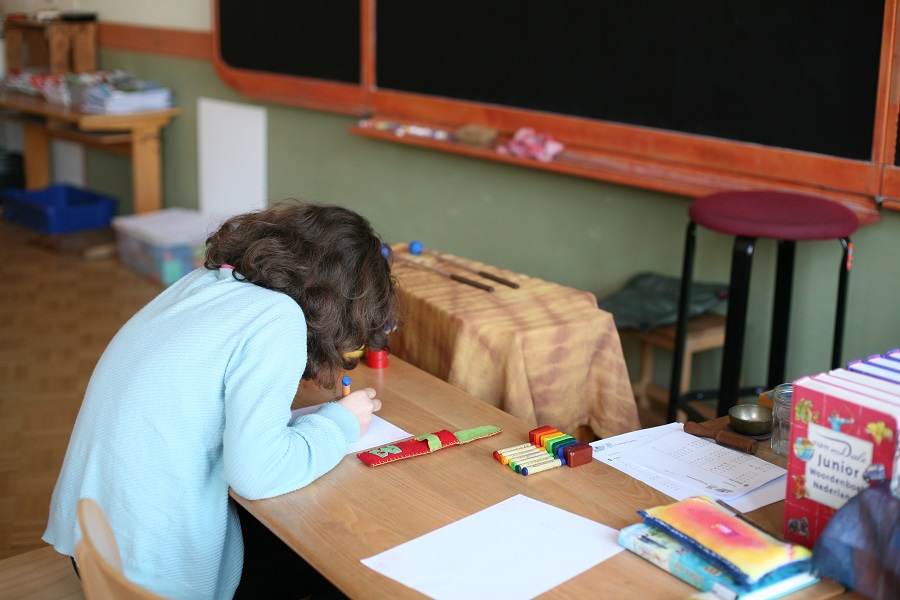
 Children have the natural ability to marvel at what they experience – we simply harness that capacity to make learning more effective and more fun
Children have the natural ability to marvel at what they experience – we simply harness that capacity to make learning more effective and more fun Side Note
Side Note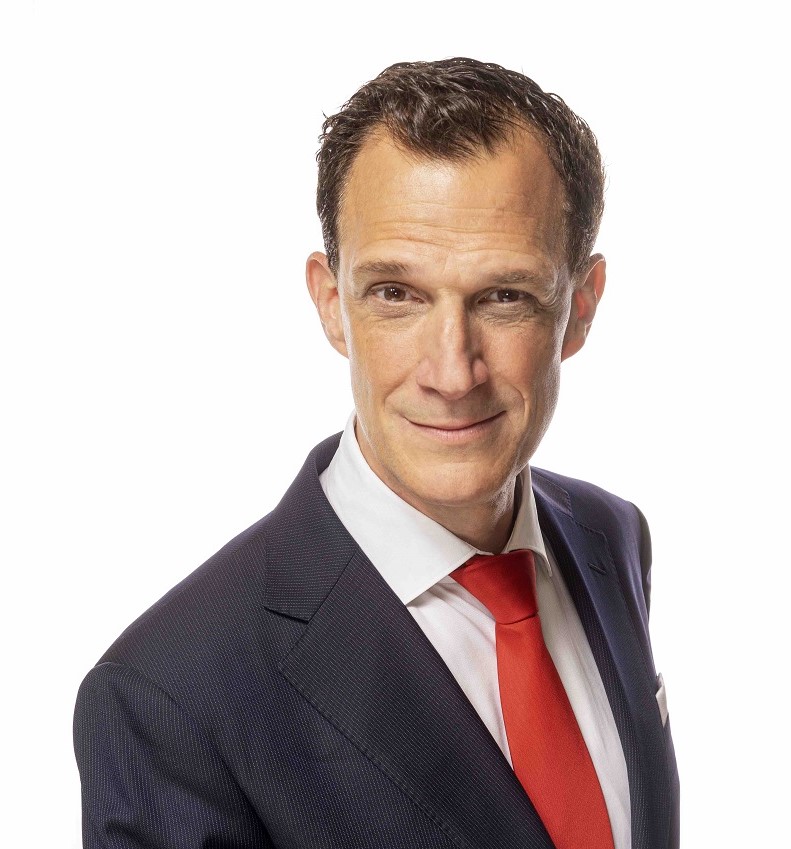
 Available through bookshops,
Available through bookshops, 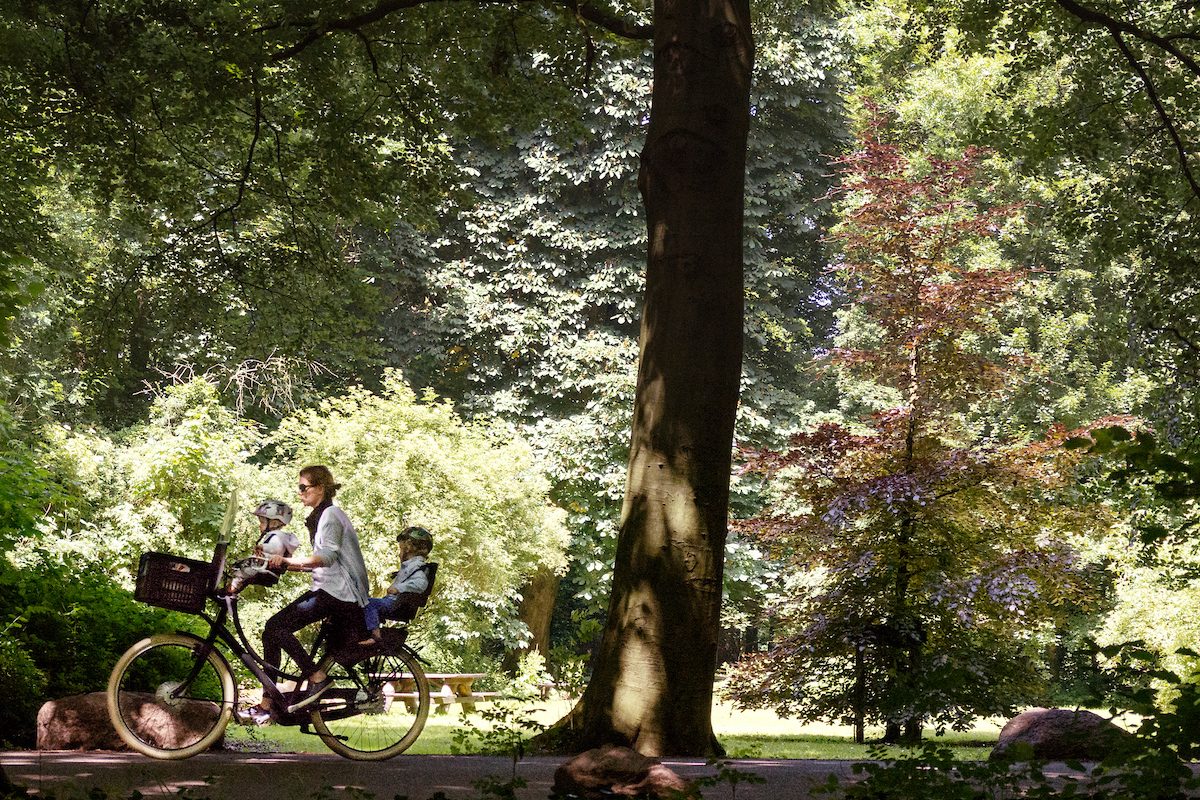
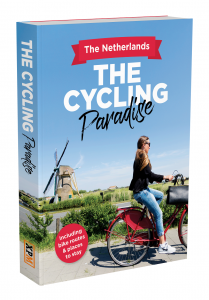 Published by
Published by 

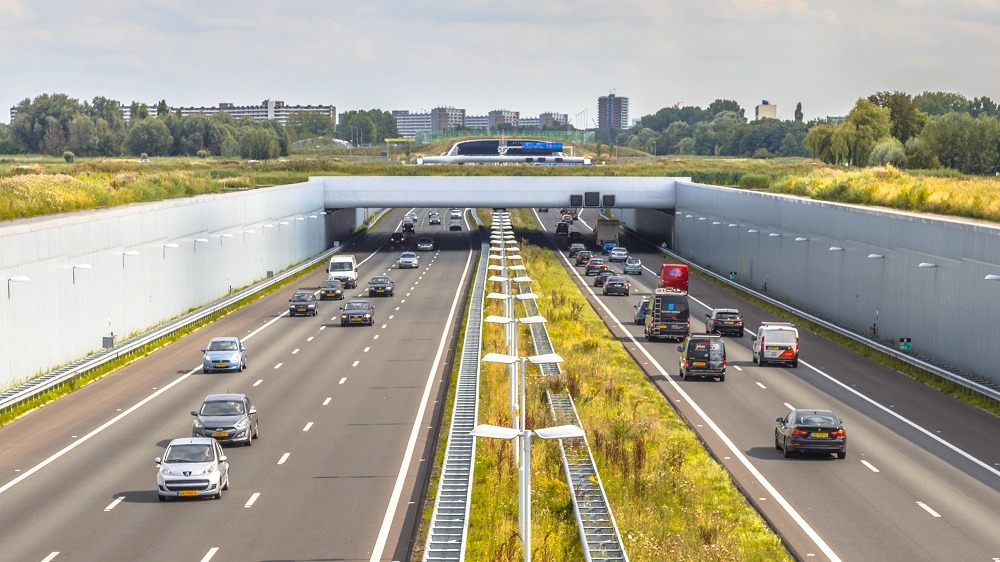


 Jan Vincent Meertens is author, consultant and coach specializing in cross-cultural interaction. He is chairman of the
Jan Vincent Meertens is author, consultant and coach specializing in cross-cultural interaction. He is chairman of the 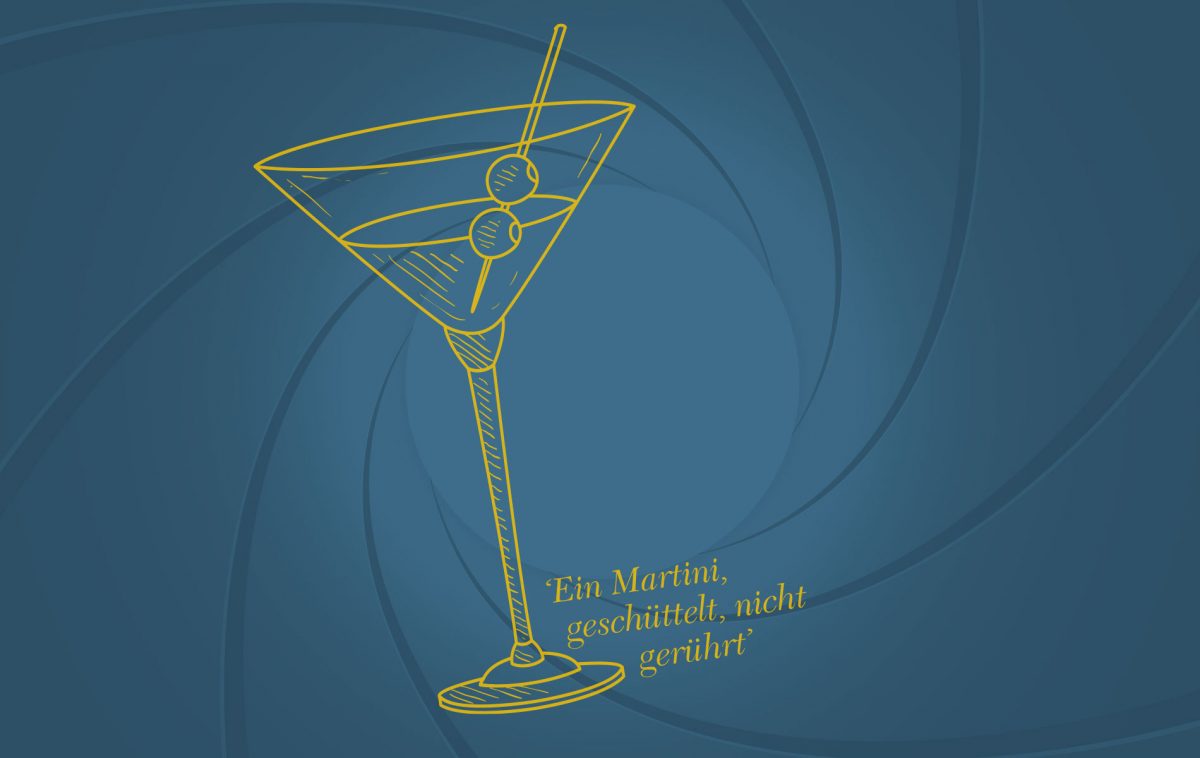
 Want to better understand the Dutch and learn how to work with them? Get in touch with Chris Smit at
Want to better understand the Dutch and learn how to work with them? Get in touch with Chris Smit at